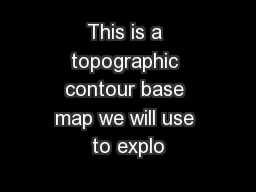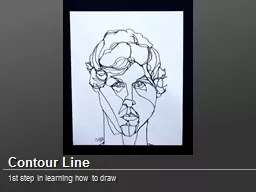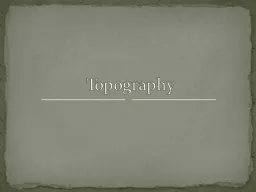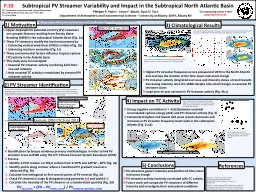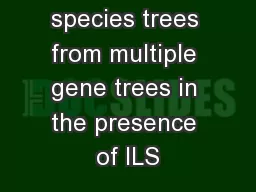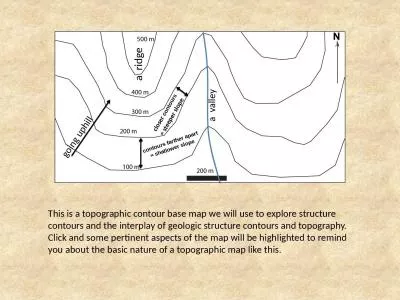PPT-Contour Trees
Author : jane-oiler | Published Date : 2016-03-21
CSE 78814 HanWei Shen Level Sets Level set Level sets is also called Isolines for n 2 isosurface for n 3 or isocontours in general We can use the Marching
Presentation Embed Code
Download Presentation
Download Presentation The PPT/PDF document "Contour Trees" is the property of its rightful owner. Permission is granted to download and print the materials on this website for personal, non-commercial use only, and to display it on your personal computer provided you do not modify the materials and that you retain all copyright notices contained in the materials. By downloading content from our website, you accept the terms of this agreement.
Contour Trees: Transcript
Download Rules Of Document
"Contour Trees"The content belongs to its owner. You may download and print it for personal use, without modification, and keep all copyright notices. By downloading, you agree to these terms.
Related Documents




